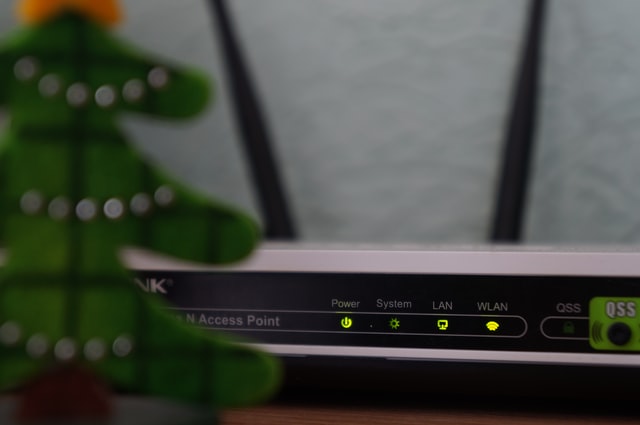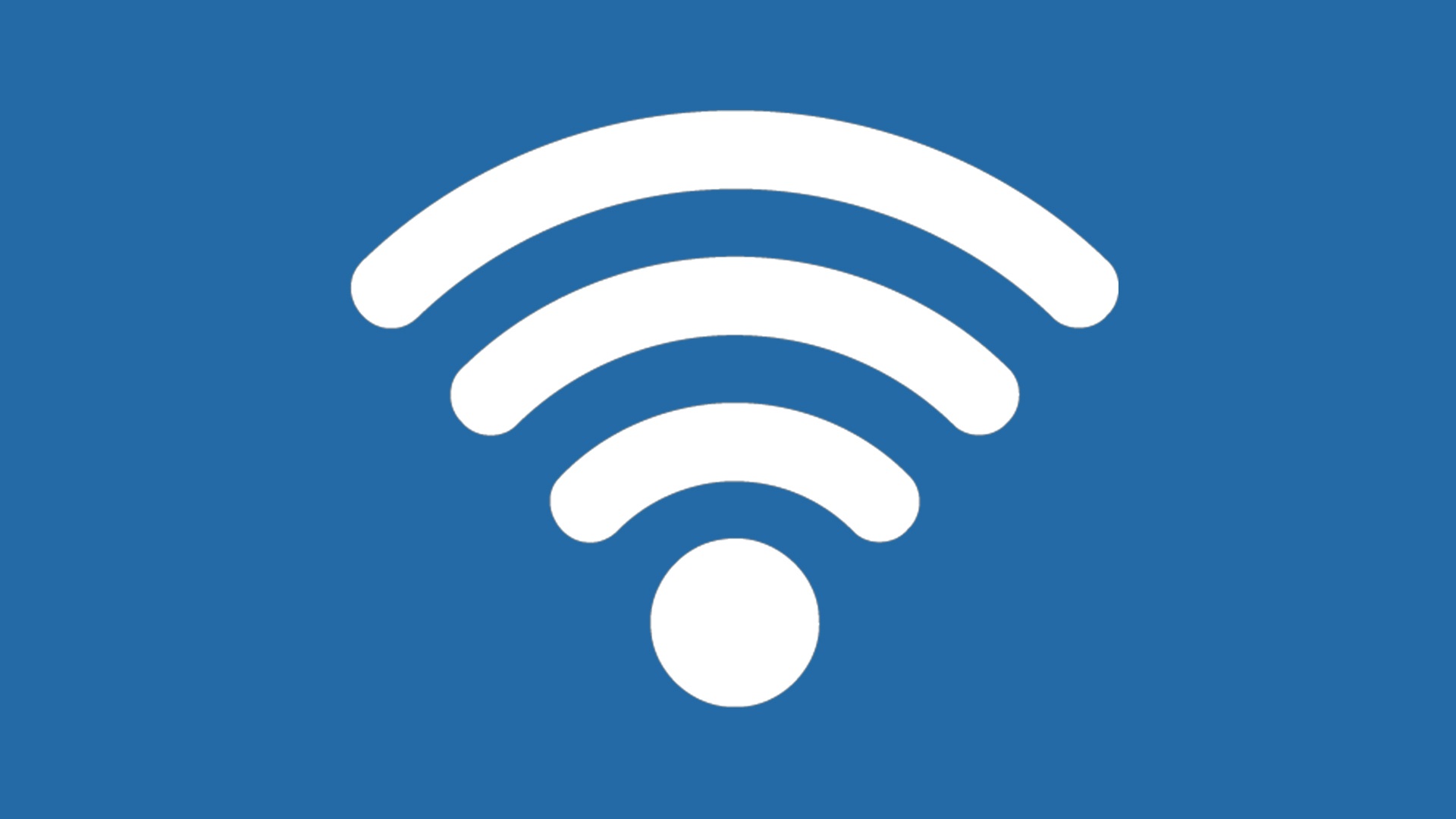Table of Contents
What is the Difference between Wallpaper and Screensaver?
Find below detailed information about difference between wallpaper and screensaver:
| Difference between Wallpaper and Screensaver | |
| Wallpaper is a static or dynamic graphical background displayed on the desktop of a computer screen. | Screensaver, on the other hand, is a program or feature that activates when a computer or electronic device is idle for a certain period. |
| Its primary purpose is to personalize the computer’s desktop and enhance its visual appeal. | Its purpose is to prevent screen burn-in by displaying dynamic or moving images, animations, or patterns on the screen. |
| Wallpaper is continuously displayed as the background image on the desktop, regardless of whether the computer is actively in use or idle. | Screensavers, on the other hand, are activated only when the computer or device is idle for a specified period. |
| It provides a visual backdrop for the user interface and remains fixed until it is manually changed. | They replace the desktop background temporarily and display dynamic or moving visuals to prevent burn-in. |
| Wallpaper is a static or dynamic element that does not require any user interaction. | Screensavers, however, often include interactive elements or settings that allow users to customize their behavior. |
| It is simply a visual representation on the desktop and remains constant unless manually modified. | Users can select different screensaver options, adjust settings like speed or behavior, and even interact with certain screensavers through mouse movements or keyboard input. |
| Wallpaper is the background image displayed on the computer’s desktop, serving a visual and personalization purpose | Screensaver is a program or feature that activates when the computer is idle, aiming to prevent screen burn-in by displaying dynamic visuals temporarily. |
What is Wallpaper?
In the context of computers, “wallpaper” refers to the graphical background or image that is displayed on the desktop of a computer screen. It serves as a visual backdrop for the user interface and can be customized according to personal preferences.
The wallpaper on a computer can be a static image or a dynamic, animated design. It is separate from the icons, windows, and other graphical elements that appear on the screen. The wallpaper covers the entire desktop area and remains visible even when windows are opened or minimized.
Users can choose from a wide range of pre-installed wallpapers that come with the operating system or they can set their own custom images as wallpaper. Common sources of wallpapers include photographs, artwork, abstract designs, landscapes, nature scenes, patterns, or solid colors. Wallpaper options may also include built-in themes or collections that offer a selection of coordinated wallpapers.
The process of setting or changing the wallpaper varies depending on the operating system and software being used. Typically, users can access the desktop settings or preferences to select a desired wallpaper image, adjust its positioning, scale, or cropping, and apply the changes. Some operating systems also offer the option to automatically rotate or change wallpapers at regular intervals.
Wallpaper customization allows individuals to personalize their computer screens, reflect their style or interests, or create a more aesthetically pleasing desktop environment. It can also serve as a means of self-expression or a way to enhance visual appeal and create a more enjoyable user experience while working or using a computer.
What is Screensaver?
A screensaver is a program or feature that activates when a computer or other electronic device is idle or inactive for a certain period of time. It is designed to prevent screen burn-in, a phenomenon that can occur when static images are displayed on a screen for extended periods, leading to permanent damage.
In the early days of computing, screensavers were primarily used to prevent burn-in on cathode ray tube (CRT) monitors. These monitors had phosphor-coated screens, and if a static image was displayed for too long, it could cause the phosphors to degrade unevenly, resulting in a permanent ghost image on the screen. Screensavers were developed to mitigate this issue by displaying dynamic or moving images instead of static ones.
Screensavers often include various visual effects, animations, or interactive elements to entertain users while their computer is idle. They can display images, slide shows, patterns, animations, or even 3D graphics. Some screensavers also have customizable settings, allowing users to select specific images or animations, adjust speed or behavior, and personalize their screensaver experience.
With the advent of modern display technologies, such as LCD, LED, and OLED screens, the risk of burn-in has significantly reduced. However, screensavers remain popular for their decorative and entertainment purposes. They can still be found on computers, televisions, and other devices, providing visual interest and personalization options.
It’s worth noting that screensavers are less commonly used today compared to the past, as modern devices typically have power-saving features that automatically turn off or dim the screen when it’s idle for a specified period. Nevertheless, screensavers continue to be nostalgic and decorative elements in the world of computing.
Know What is the difference between Talent and Article here!
Wallpaper vs Screensaver
Here’s a summary of the key differences between wallpaper and screensaver:
Wallpaper:
- Wallpaper is the static or dynamic graphical background displayed on the desktop of a computer screen.
- It serves as a visual backdrop and remains visible even when using applications or windows.
- Its purpose is to personalize the computer’s desktop and enhance its visual appeal.
- Wallpaper is continuously displayed as the background image on the desktop, regardless of whether the computer is actively in use or idle.
- It does not require user interaction and remains constant unless manually modified.
Screensaver:
- Screensaver is a program or feature that activates when a computer or electronic device is idle for a certain period.
- Its purpose is to prevent screen burn-in by displaying dynamic or moving images, animations, or patterns.
- Screensavers were more commonly used in the past to protect CRT monitors from burn-in, but they are now less prevalent due to advancements in display technologies.
- Screensavers replace the desktop background temporarily when the computer is idle and restore the wallpaper once the user interacts with the computer again.
- Screensavers often include interactive elements or settings that allow users to customize their behavior, such as selecting different screensaver options or adjusting settings like speed or behavior.
What is the difference between Wallpaper and Screensaver Faqs
What is the main difference between wallpaper and screensaver?
Wallpaper refers to the graphical background displayed on the desktop, providing a visual backdrop and personalization. Screensaver, on the other hand, is a program that activates when the computer is idle to prevent screen burn-in, displaying dynamic visuals temporarily.
Can a screensaver also be used as wallpaper?
No, screensavers and wallpapers serve different purposes. Screensavers are designed to prevent screen burn-in and are temporary visual displays. Wallpapers, on the other hand, are the permanent background images on the desktop.
How do wallpapers and screensavers interact with each other?
Wallpapers and screensavers do not interact directly. When a screensaver is activated due to computer inactivity, it replaces the desktop background temporarily. Once the user interacts with the computer again, the screensaver stops, and the wallpaper is restored.
Can I use my own images as both wallpaper and screensaver?
Yes, you can use your own images as wallpaper and screensaver. For wallpaper, you can select an image to be the background of your desktop. For screensaver, you can typically choose a folder or specific images to be displayed when the screensaver is active.
Do I need a screensaver if I have a modern display (e.g., LCD, LED)?
Modern display technologies, such as LCD, LED, and OLED, are less susceptible to screen burn-in. As a result, screensavers are not as necessary as they were with older CRT monitors. However, screensavers can still be used for their entertainment value or to add visual interest when the computer is idle.











